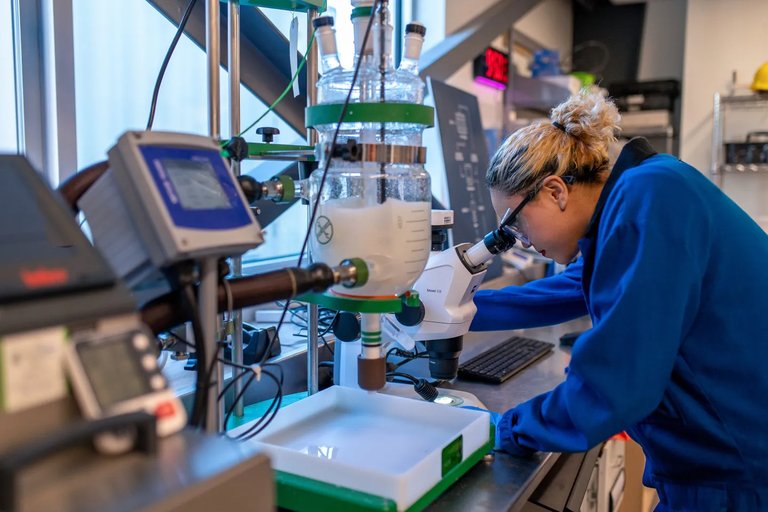Canadian Scientists Unveil Breakthrough in Carbon Capture
A newly patented method using mineral nanostructures could significantly boost the country's ability to remove CO₂ emissions from industrial sites.
Published: June 02, 2025 at 08:56
By: By Clara Beaudoin, Tundra Bulletin

A team of Canadian scientists has unveiled a groundbreaking carbon capture method that could significantly advance the country’s fight against climate change. Developed by researchers at the University of Alberta, the technique uses mineral nanostructures to absorb and store atmospheric CO₂ more efficiently than current technologies.
The process, named ‘NanoBind,’ involves channeling emissions through chambers lined with mineral composites engineered at the molecular level to trap carbon dioxide. Unlike conventional methods, which rely heavily on expensive solvents and energy-intensive equipment, NanoBind is passive and requires little maintenance.
According to the lead researcher, Dr. Hiral Kapadia, the technology can be retrofitted into existing industrial systems with minimal infrastructure changes. “Our design integrates seamlessly with current smokestack configurations, making it both affordable and scalable,” she explained at a recent press briefing.
Initial lab tests showed that NanoBind could reduce carbon emissions by up to 60% in pilot settings. These results were recently replicated in field trials at a cement plant in Ontario, raising hopes that the method can be rapidly commercialized across various heavy-emitting sectors.
One of the standout features of the new system is its durability. The mineral structures do not degrade quickly, which means they can remain in place and functional for years before needing replacement. This longevity dramatically lowers lifecycle costs and increases the appeal to industries under pressure to meet environmental targets.
Funding for the project came in part from Natural Resources Canada, with additional grants from international environmental agencies. Analysts say the project aligns with the federal government’s strategy to achieve net-zero emissions by 2050, especially in hard-to-abate industries like steel and concrete.
Environmental groups have praised the innovation but caution against overreliance on technological fixes. “We need to aggressively reduce emissions at the source, not just capture them,” said Julia Chan, spokesperson for Green Earth Canada. “Still, solutions like this are an important part of the puzzle.”
Dr. Kapadia’s team is already in talks with multiple Canadian manufacturers to license the NanoBind technology. A joint venture with a Quebec-based engineering firm is expected to begin large-scale deployment by early 2026, pending regulatory approvals.
As Canada faces mounting climate challenges, innovations like NanoBind offer a glimmer of hope. If widely adopted, they could position the country as a global leader in sustainable industrial practices—and help reshape how industries address their carbon footprints.